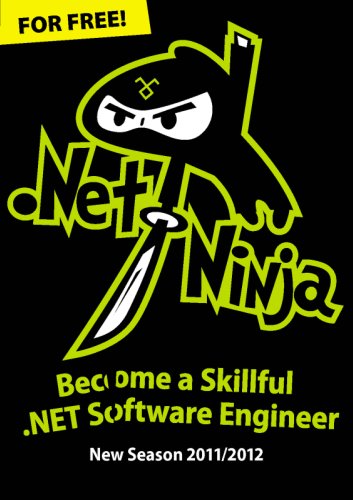 This session with the Telerik Academy's "Web design with HTML5 and CSS3" course was an extensive demo showing how a web design template, consisting of an HTML5 page, a CSS3 file and some images can be imported as an ASP.NET theme into Sitefinity and used as a design template for robust pages with dynamic Sitefinity content.
This session with the Telerik Academy's "Web design with HTML5 and CSS3" course was an extensive demo showing how a web design template, consisting of an HTML5 page, a CSS3 file and some images can be imported as an ASP.NET theme into Sitefinity and used as a design template for robust pages with dynamic Sitefinity content.From my lecturing experience I've learnt that the best way to learn something is to teach it. This session was quite interesting for me: being a senior developer of some main parts in Sitefinity for around 3 years now, I've had the pleasure to meddle with many of its internal nuts and bolts, but hardly ever touched the frontend design side of it. This academy session made me dive into the uncharted territory of UI charting and it was loads of fun. I enjoyed it very much.
